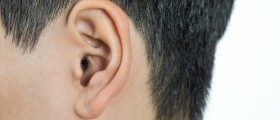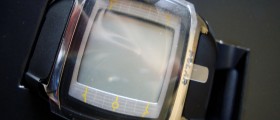
With the rapid rise of technology the developments of aids to assist those who have hearing difficulties has progressed enormously over the last decade. This has only been possible with the evolution of the simple battery that can now be any size but deliver power for weeks at a time before being discarded. This means the development of smaller and more sophisticated hearing aids. Allied to today’s technology, gone are the old analogue aids that were simply a small receiver fitted in the ear and picked up everything around it that at times swamped the brain with too much unwanted sounds. The provision of hearing aids to the public therefore is now big business and could be worth billions of dollars to manufacturing companies worldwide.
Definition of a Hearing Aid
We mentioned analog hearing aids already, these tended to be bulky and sometimes crude in their build. However, with the advent of the digital age hearing aids are now a lot smaller, in fact some are minute and fit right inside the hear. This will be covered in more detail below. A hearing aid is simply a receiver that picks up sound within its range, similar to normal hearing patterns, it converts these sounds into a digital electronic signal that is then amplified and the speaker passes this into your inner ear. These types of aids can also provide different settings, for example, when using the telephone. In addition, many companies provide assistance for those who have hearing difficulties when phoning them. They also provide a volume control facility that assists with clarity of sound received. Along with this massive growth in the business of producing hearing aids new jobs have been created, namely the highly trained and skilled audiologists. These people will assist you throughout the whole process of defining what the best aid is for you, firstly from the initial hearing test through to the aids design to suit you.
How to Choose the Right Hearing Aid for You
This is going to depend very much on the level of deafness you have because a hearing aid for severe hearing loss will differ in design and composition to someone whose hearing level loss is only mild. Allied to this some individuals many have Differing levels of noise caused by tinnitus. All of this will decide the outcome of what is best for the individual in relation to build size, power output and styling.
The Audiologist
Let’s start at the beginning with your appointment with the audiologist. After the initial hearing test he/she will discuss with you the result of the test and advise you on the best type of hearing aid you require in relation to power output and volume control associated with you hearing loss. They may suggest you have an aid that fits behind the ear and is connected by a small transparent tube to a mould in your ear. The mould is made initially by the audiologist who then sends of the cast to a manufacturer. This type of aid is the most popular because it has a load of facilities on it. Plus the cost is lower than those that are concealed in the ear itself.

















Your thoughts on this
Loading...